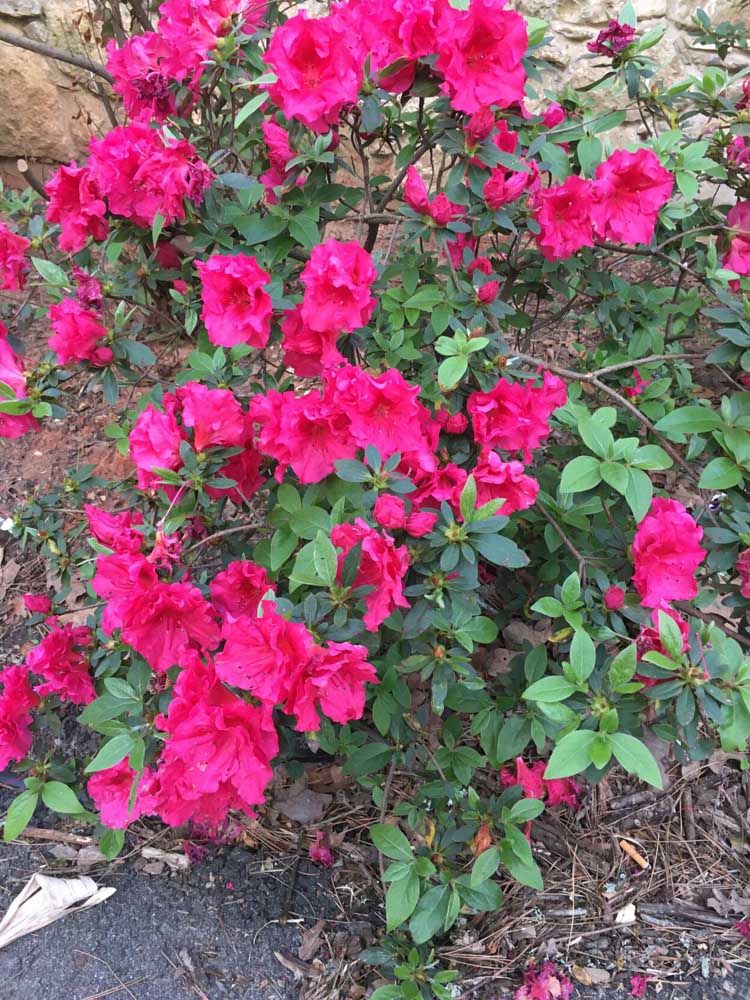Master Gardeners: Happy spring
Published 11:19 am Saturday, April 8, 2023

- Azaleas
The azalea is the heartbeat of spring here in East Texas. The Azalea Trail, which is in full swing right now, shows their beauty in landscapes at their best. Admirers from all over Texas come to awe at their beauty. I have had several calls in the Master Gardeners office regarding when they bloom. I wish I had a direct line to Mother Nature so I could confirm this blossoming beauty’s showtime. Our winters here of late have thrown off their schedule a little bit.
Growing azaleas in your own yard can be quite a reward with just a little know how as they love East Texas as much as we love them.
Trending
With a little care you can have beautiful azaleas in your yard, too. The basic care of Azaleas is:
■ Trim, shape or cut back, if you so choose, right after it blooms. Waiting to do this will likely cut off the next seasons blooms.
■ Fertilize right after they bloom. Adding fertilizer in our summer heat can stress them (referred to as drought stress). Fertilizing in the fall can encourage a burst of new fragile growth that can be damaged by the cold.
■ Azaleas seem to do better on the north or east side of your home. The conditions of your yard can be a big factor in this as good morning sun and dappled afternoon sun makes azaleas happiest.
■ Azaleas seems to like coffee grounds. I’m glad as I put coffee grounds around mine to keep my dog from saluting his potty spot as my azaleas are near my front door.
Your azaleas are not happy, you say?
Trending
There may be a fungus among us. Cut it, bag it and toss it. Do not use cuttings use as mulch. You may need to spray with a fungicide.
■ Azalea gall — The leaves become curled, fleshy, and pale green to white. Affected leaves turn brown.
■ Petal blight — This fungus only affects flowers and appears as pale or whitish spots on colored petals or rust-colored spots on white petals, enlarge, and get soft and watery.
■ Powdery mildew — This azalea issue appears as white powdery growth on the leaves. Diseased leaves from powdery mildew may drop prematurely.
■ Rust — Reddish to orange spore masses on infected leaves, as well as galls or cankers on bark, which may kill the entire plant.
Bugs bugging your azaleas?
■ Lace bugs — Feeds on the underside of leaves. Little white spots on leaves are a good indicator.
■ Aphids — Aggravating little boogers.
■ Borers — They bore into the woody part of the plant.
Spraying your plants with a blast of water (not while they are blooming, you’ll knock off your blooms!) with a little insecticidal soap can knock them off, may drown them, disorient them and help a lot. You may have to do this a few times to be most effective. I’m fond of using dormant oil, also referred to as horticultural oil for some insect issues. If you use a systemic insecticide, it may be wise to use it after they bloom just in case it could affect pollinators. Most systemics stay in the plant for about three months. If you use any other insecticide please do not use while they are blooming. Insecticides kill all insects including our precious pollinators regardless of what type it is or its origins. We need our pollinators. I’m not against them as I use them myself but a little timing will go a long way for our beneficials and happy plants.






